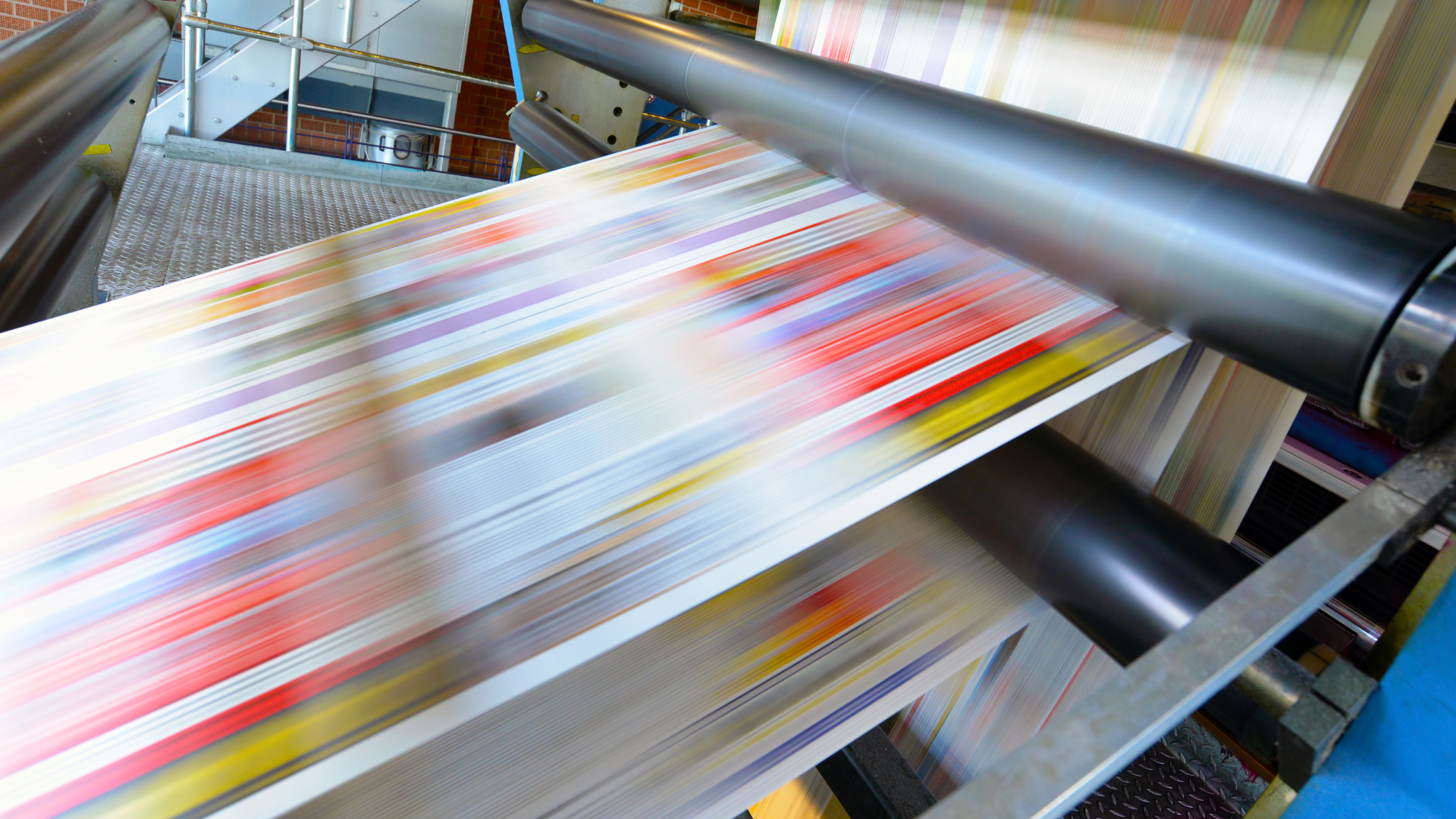Last Updated on August 5, 2024 by Monty Savage
In today’s digital age, many question the relevance of print advertising. While online platforms dominate the advertising landscape, print media continues to hold a valuable place. Print advertising remains effective due to its tangible nature and ability to create memorable, lasting impressions.
Studies show that consumers often trust print ads more than their digital counterparts. Print formats offer a unique level of credibility and engagement, often resulting in higher levels of ad recall. Moreover, niche markets and local businesses can greatly benefit from tailored print campaigns, driving customer loyalty and awareness.
It’s essential to recognise that print advertising’s effectiveness partly comes from integrating it with digital strategies. Combining print with online efforts can enhance overall marketing success, providing a balanced approach that maximises reach and impact.

The State of Print Advertising in the Digital Age
Print advertising remains relevant even as digital media proliferates. Its tangibility and trustworthiness give it unique advantages, but it faces significant challenges due to the rise of online platforms.
Comparative Analysis with Digital Advertising
Print advertising and digital advertising each have distinct strengths and benefits. Print ads offer physical engagement, which can leave a lasting impression. Conversely, digital ads provide greater reach and targeting capabilities. For instance, a magazine ad can capture a reader’s attention in a focused environment, while an online banner ad can appear across various websites, reaching a broader audience.
In terms of cost-effectiveness, digital ads often provide better ROI due to advanced tracking and analytics. A local newspaper ad might not reach as wide an audience, making digital channels more appealing for smaller budgets. However, print’s credibility remains high, often perceived as more trustworthy by consumers compared to digital ads.
Advantages of Print Advertising
Print advertising offers several unique benefits. Tangibility ensures that materials like brochures or flyers can be physically handled, increasing memorability. High-quality printing and graphics can enhance the aesthetic appeal, making print ads visually compelling.
Print media also enjoys a longer shelf-life. A magazine left on a coffee table can be read multiple times, whereas digital ads are often fleeting. Moreover, specific audiences may still prefer print, such as older demographics who are less engaged with digital media. Print can serve niche markets effectively through specialised publications.

Challenges Facing Print Advertising
Despite its advantages, print advertising faces several significant challenges. The decline in print media consumption means fewer people see these ads. Digital media’s immediacy and convenience continue to overshadow print.
Costs related to printing and distribution remain high, which may deter advertisers. The ability to measure effectiveness for print ads is limited compared to the detailed analytics available for digital ads, making it harder to justify expenditure. Environmental concerns about paper waste also negatively impact the perception of print materials.
While print advertising retains certain strengths, adapting to these evolving challenges is crucial for its continued relevance.
Measuring the Effectiveness of Print Advertising
Understanding how to measure the impact of print advertising is crucial for assessing its value. Key aspects include analysing performance metrics, reviewing case studies, and integrating print into a multichannel strategy.
Metrics for Success
There are several metrics used to evaluate the success of print advertising. Circulation figures help track the number of copies distributed and the potential reach.
Readership surveys provide insights into engagement levels and demographics. Cost per thousand impressions (CPM) is another key metric used to determine cost-effectiveness, indicating how much it costs to reach a thousand people.
Tracking response rates through unique coupon codes or dedicated URLs can help measure direct engagement and return on investment (ROI). Using varied and specific metrics allows for a comprehensive assessment of print advertising effectiveness.
Case Studies and Industry Examples
Successful print advertising campaigns often serve as valuable examples. For instance, IKEA’s catalogue, which is widely circulated and highly anticipated, showcases effective print use.
National Geographic’s print ads often combine stunning visuals with compelling stories, making them memorable.
Fashion brands like Burberry use high-quality imagery and strategic placement in magazines to target specific audiences. Reviewing such case studies sheds light on best practices and innovative approaches in print advertising.

Incorporating Print into a Multichannel Strategy
Integrating print advertising with digital efforts can amplify its impact. Print ads can drive online traffic through QR codes or URLs, effectively bridging the gap between offline and online channels.
Consistent branding across print and digital platforms strengthens brand recognition. For instance, combining print ads with social media campaigns ensures a cohesive message.
Additionally, print can complement digital by providing a tangible touchpoint that enhances customer experience. Aligning print with other marketing channels maximises reach and engagement.
As of 2024, Eighteen haven’t touched print advertising, and being an SEO service will most likely cement the fact that it’s not something on the teams radar.


